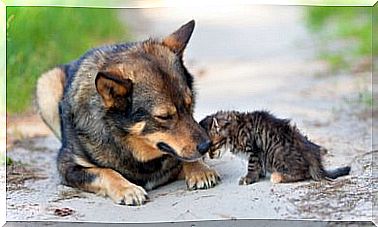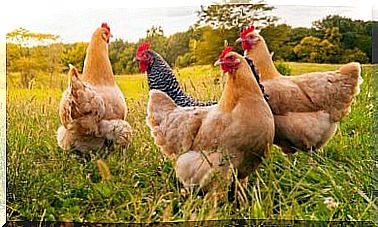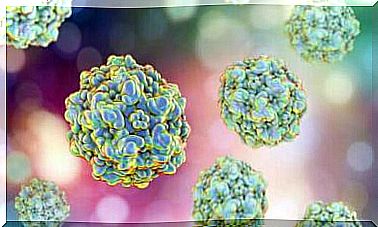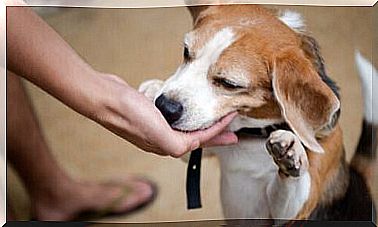10 Tips For Recognizing A Sick Rodent
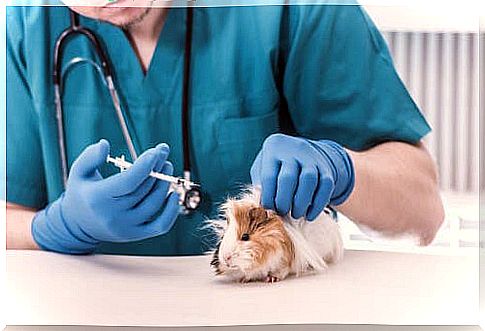
If you have a hamster or other type of rodent, it is normal to be concerned when you notice that it is not acting in an ordinary way. There are specialists in this type of pet, but if you can’t find one in your city, most veterinarians are knowledgeable about diagnosing and treating illnesses for these pets. Read on to know how to identify a sick rodent.
Many hamster and rodent diseases can be treated clinically. This article will cover the symptoms of the most common underlying diseases and medical conditions in hamsters and domestic rodents.
General signs of a sick rodent
Hamsters and rodents hide signs of early-stage disease. So watch your pet often.
How is a normal day for him? What time of day does he eat, drink, exercise and sleep? How much food and water does he normally consume? Knowing what’s normal will help you determine a possible illness.
Here are some general symptoms that something is wrong:
1. Coarse hair
If the rodent’s soft fur appears coarse or if the normally flat coat is standing on end, it could be a symptom of a sick animal. However, it is also a sign of normal aging: hamsters and other rodents live for two to three years. In the presence of other signs, this symptom should not be ignored.
2. Loss of appetite
Know how much your rodent eats in a day. Depending on the type of feed it is easy to calibrate. Clean the food plate daily, and if your pet goes more than a day without eating, it is likely to be sick. Once you reach this conclusion, seek help from a veterinarian.
3. Weight loss may indicate a sick rodent
This nonspecific symptom can accompany many illnesses. If you handle your pet regularly, you should know when its belly has gotten smaller or its spine more prominent.
4. Lethargy
If you are familiar with your pet’s regular activity, such as using the exercise wheel, collecting food balls, and other activities, you will know when he is lethargic.
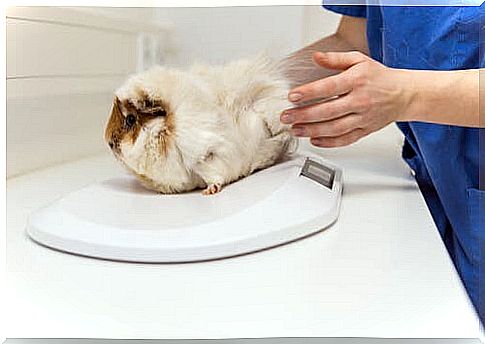
Specific signs of a sick rodent
Certain diseases are associated with specific symptoms. Some of these conditions are treatable, but early intervention offers the best opportunity for a successful outcome. While not an exhaustive list, these symptoms are associated with common medical conditions:
5. Hair loss
If your hamster or rodent has a thin coat of fur, there is probably an underlying problem. Active hormonal diseases (adrenal dysfunction), infectious diseases (ringworm) or parasites (mites) can cause hair loss.
6. A wet tail may indicate a sick rodent
When you notice that your hamster’s normally dry tail is wet, take it to the vet. Diarrhea caused by enteritis or ileitis is not uncommon and can lead to more serious problems if left untreated. Untreated diarrhea can turn the rectum or bowel inside out, requiring surgical repair.
7. Eye and nose discharge
Rodents usually have dry noses. A runny nose or eyes is a sign of a respiratory infection. Rodents and hamsters are prone to developing pneumonia and may need antibiotic therapy.
8. Rapid breathing may indicate a sick rodent
These types of animals can develop heart disease, which clinically manifests as lethargy and changes in breathing.
9. Drinking excessively
Kidney, liver and adrenal diseases can cause this symptom. Be sure to change your water daily to find out how much your rodent is drinking.
10. Inflammation
If you notice swelling in any part of the animal’s body, seek veterinary attention. Abscesses are common in a sick rodent. Abdominal swelling probably indicates a more serious condition. The veterinarian is the best practitioner to help determine the difference and initiate treatment if possible.
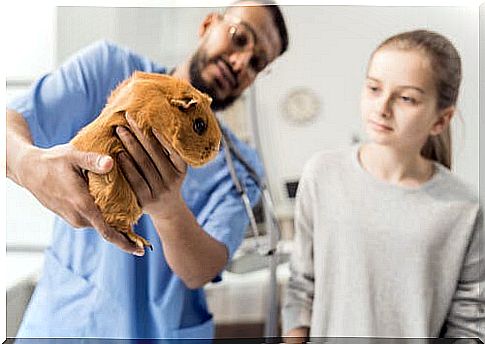
False disease symptoms
Rodents have unusual features that are normal, but can be misinterpreted or confused with a sick rodent. The following symptoms should be evaluated in conjunction with general behavior as changes may indicate a more serious problem.
Cheeks full of food
Some rodents, especially hamsters, like to put food in their cheek bags. As hunters, they gather food and hide it for later consumption. However, the bags can become infected. Therefore, if they are not emptied daily, a veterinary evaluation should be performed.
enlarged testicles
Male hamsters usually have large testicles, which may become more prominent with maturity. If the size is uniform and no color change, this may be normal. If accompanied by discoloration of the testicles or pain when handled, there may be an underlying condition that needs treatment.
Some of the common conditions that affect rodents can be successfully treated if recognized early. Knowing your pet’s normal behavior will help determine when you are dealing with a sick rodent.
Spending time with your pet, providing fresh food and water every day, and cleaning the cage regularly are the best recommendations for early recognition and treatment of medical conditions.



